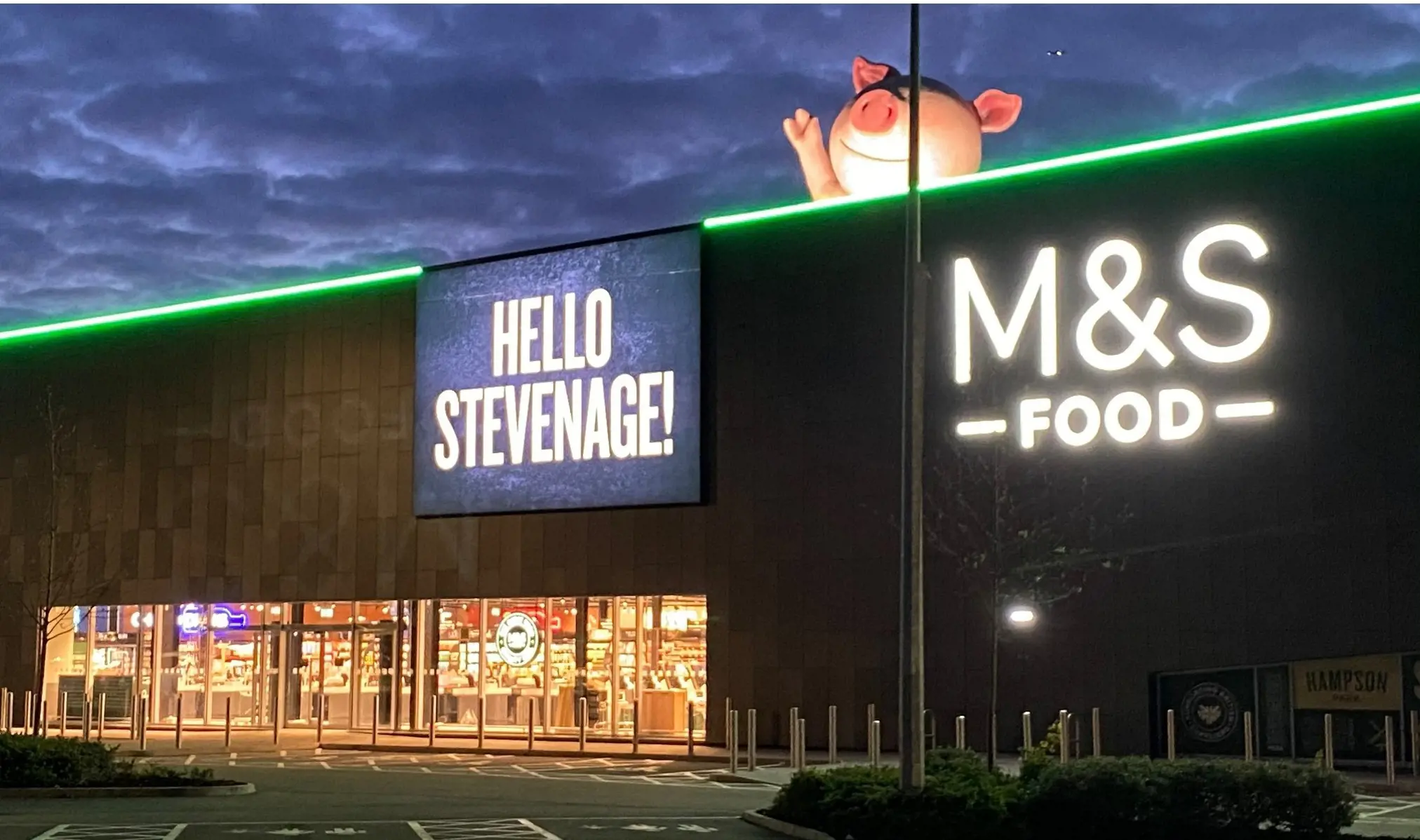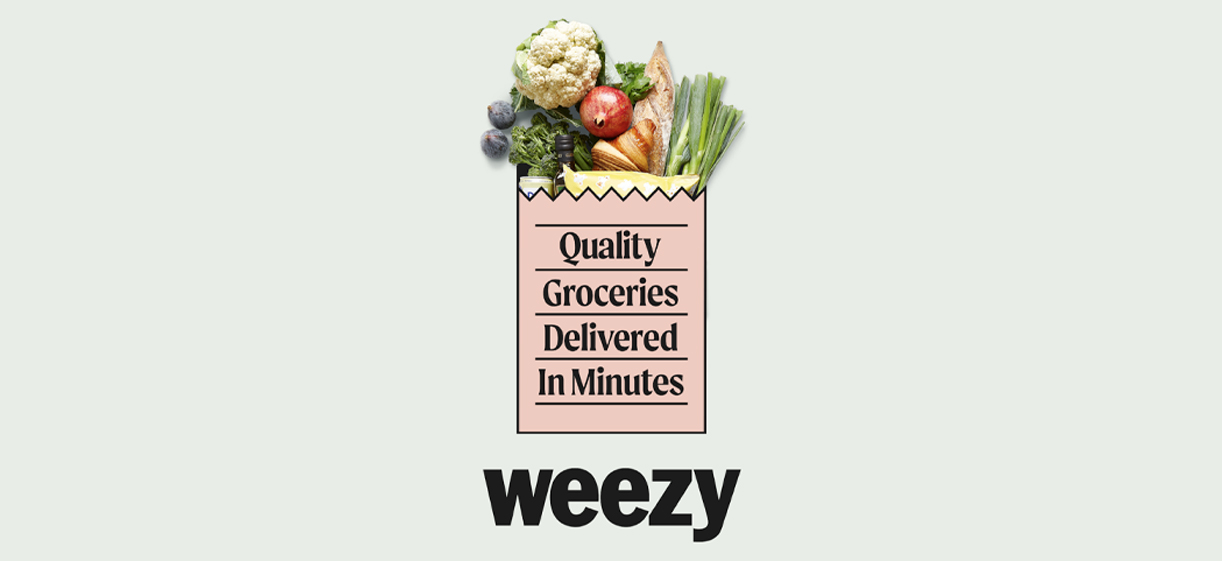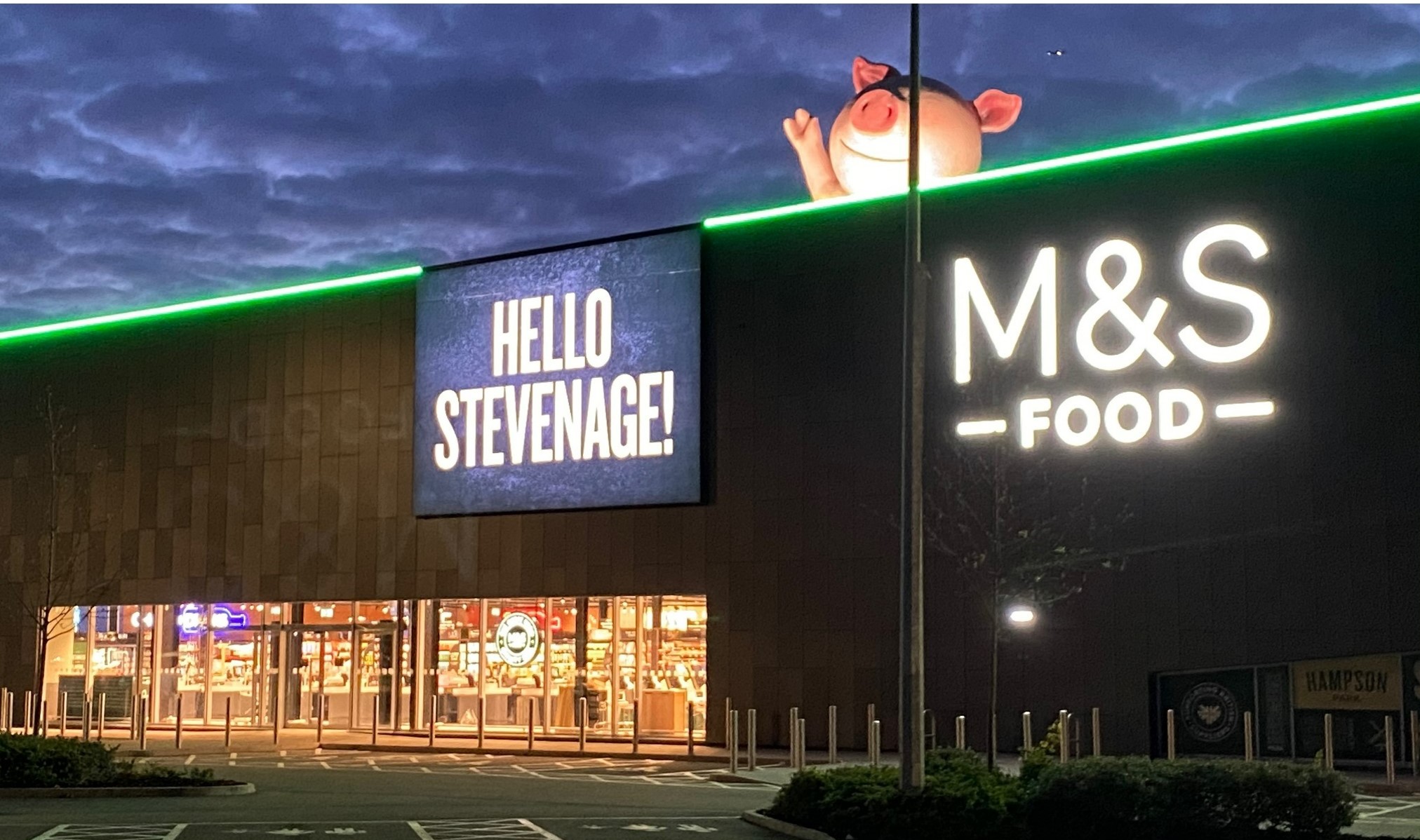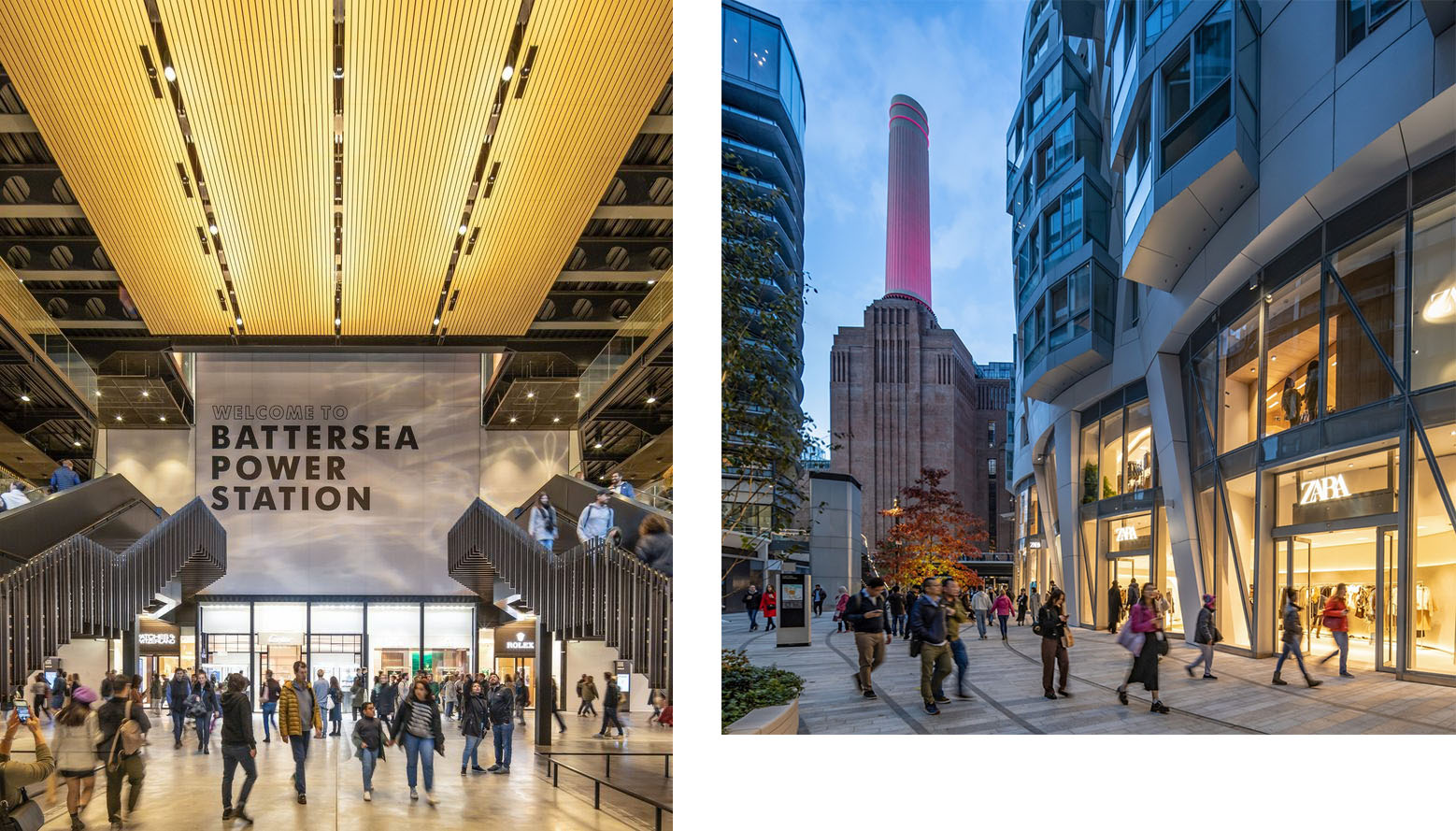Retailers are having to work harder than ever to remain relevant. The Covid-19 pandemic has accelerated underlying trends in customer habits, most notably the growth in online shopping
[1]. The pandemic has also led to home working becoming widespread across the UK.
Retailers have responded rapidly to changing shopping habits with many adopting an omni-channel approach to sales, using digital platforms to support their more traditional, high street offer
[2]. More retail brands are emerging as online-only businesses, with the aim of providing the most convenient, hassle free experience for customers. A recent example is the growth of rapid grocery delivery brands within urban areas (such as Gorillas and Weezy), who compete to offer grocery deliveries within 10 minutes.
Image credit: @weezy.co.uk on Instagram
This poses an interesting dilemma. Why should people leave their homes and travel to shop in physical stores
[3]? People now need to be enticed to leave their homes and shop in person. Retailers are having to take a more customer-centric approach to their in-store offer. So what are physical retailers doing to attract people?
Despite online shopping having reached an all-time high, a number of retailers are continuing to open new stores and, in some cases, new ‘flagship stores’, such as the M&S in Stevenage and Zara in Battersea.
Lichfields assisted M&S in securing planning permission for its new flagship store at Roaring Meg Retail Park in Stevenage which opened earlier this year. The store provides both food and non-food goods. It also incorporates new, innovative concepts and technologies, including a market-style foodhall with ‘fill your own’ stations, an optician, beauty department, large café and sleek external design (featuring a media board at the store’s entrance). A key feature for the store’s opening was a giant Percy Pig installation to attract customers.
Image Credit: M&S
Lichfields advised Wandsworth Council on retail and leisure facilities proposed within and adjacent to the Wilkinson Eyre designed transformation of the
Battersea Power Station (BPS) building, which opened its doors to the public in October 2022. The development has proved very popular for international brands to experiment with new concepts and occupy large spaces. The new
Zara flagship store (approx. 4,500 sqm) lies opposite the BPS building, fronting a new high street (Electric Boulevard), within the Frank Gehry designed Prospect Place building. It has a futuristic luxury department store interior, far removed from your typical high street clothing store. The Zara store also incorporates features to integrate the convenience of online shopping with ‘bricks and mortar’ retail, for example, allowing customers to pre-book fitting rooms and collect online orders in the space of two hours
[4].
Image Credit: © Roger Cracknell 01 / classic / Alamy Stock Photo
The long-awaited opening of the Battersea Power Station saw more than a quarter of a million people visit during its opening weekend
[5], suggesting that many people are still keen to visit to shop in person. M&S’s rooftop Percy installation also had the desired effect attracting customer interest, with the new store featuring in several local news outlets and being mentioned in a tweet by Liam Gallagher.
Image Credit: @liamgallagher on Twitter
Successful ‘shopping’ destinations provide an amalgamation of retail, leisure, food and beverage, and residential uses within repurposed, recreated and carefully curated places.
Another example of such places, one without a flagship retail store and in a different part of the country, is Clearbell Capital’s Riverwalk redevelopment in the heart of Durham, for which Lichfields led on its planning. This scheme provides an exciting new leisure destination, including restaurants/cafes, bars, a cinema and a gym, along with supporting retail and student accommodation, creating a renewed sense of place within Durham City Centre.
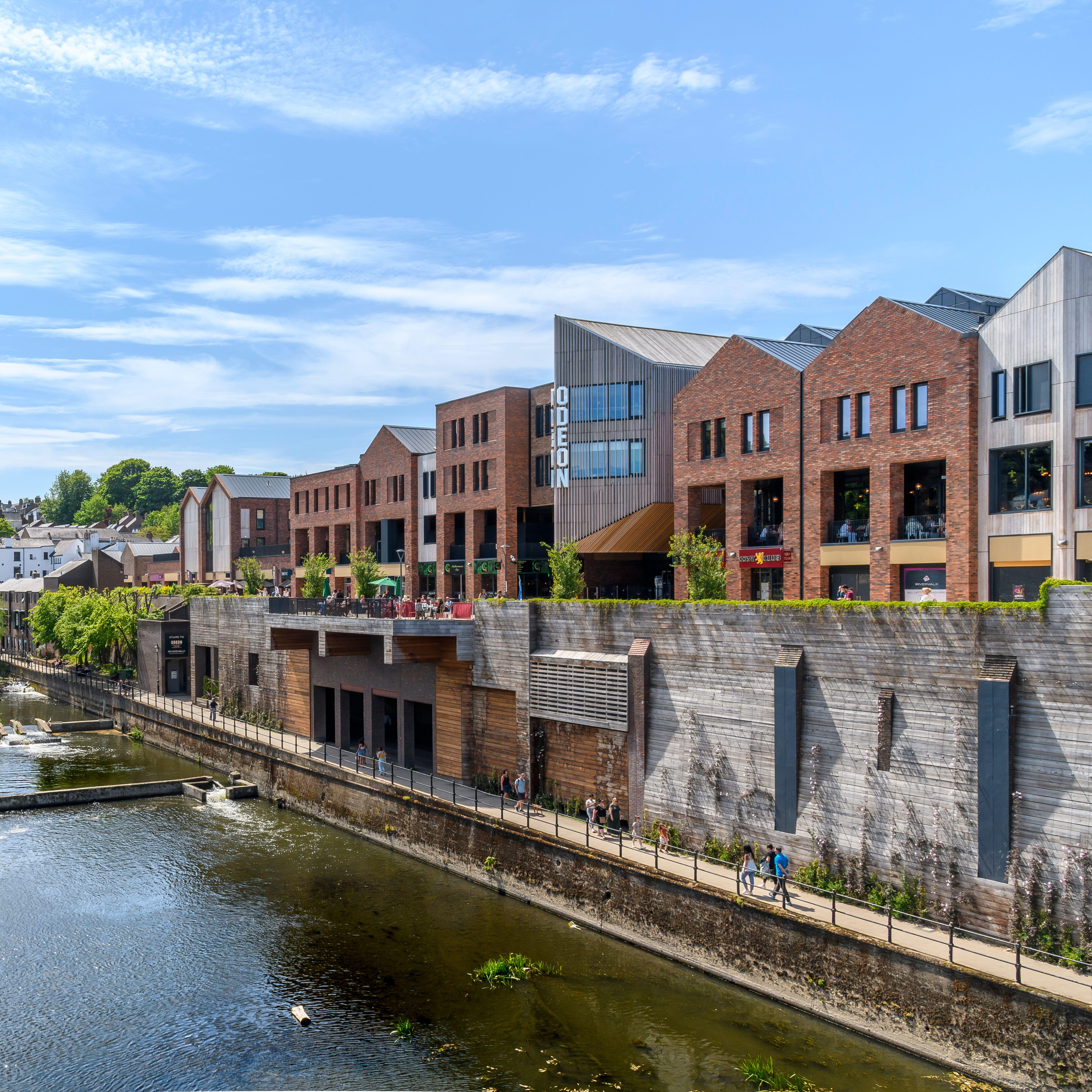
Successful retail places are not just about new schemes. Retailers are also providing new or renewed benefits to customers to help attract and retain custom. Waitrose has brought back its popular free coffee for myWaitrose members who visit in-store. This time, customers have financial incentives to bring their own reusable cups. Most convenience retailers also provide ample electric vehicle charging facilities for members of the public. While electric vehicle charging provision is a planning policy requirement, the ability to charge your electric car while you shop in store is an attractive benefit for customers shopping in person. Forward planning by retailers could also assist customers in transitions to a more sustainable lifestyle, while encouraging them to shop in store.
While online shopping is forecast to rise again going forwards, retailers have benefitted from the easing of lockdown restrictions, with people returning back to shop in store
[6]. As with many things post lockdown, people are wanting to get out of their homes to be in a more social environment. But they are more likely to be attracted to new and better shopping experiences that offer more than the speed and ease of purchasing online. The onus on retailers to go beyond their traditional retail offer will be even more important given the turbulent economic situation we find ourselves in.
Lichfields is experienced in assisting retailers, landlords, developers and public sector clients facilitate changes to traditional retail offers through the planning process. We are continuing to identify town centre and other retail and mixed use development opportunities. Please get in touch if you would like to discuss potential place opportunities or development projects.
[1] London's town centres: Retail mix of the future
[2] The next generation: The future of our town centres
[3] Attracting people back into town centres post Covid-19, Moorgath
[4] A Futuristic Zara Opens at Battersea Power Station in Londo, WWD
[5] MORE THAN A QUARTER OF A MILLION PEOPLE VISIT BATTERSEA POWER STATION DURING OPENING WEEKEND, Battersea Powerstation
[6] How our spending has changed since the end of coronavirus (COVID-19) restrictions, ONS



